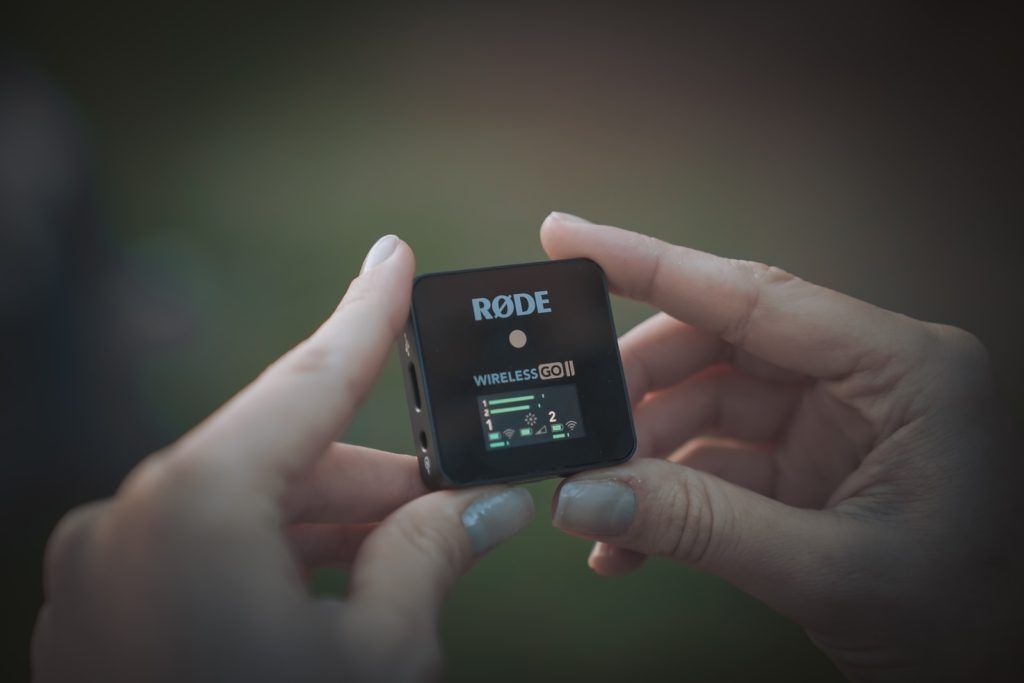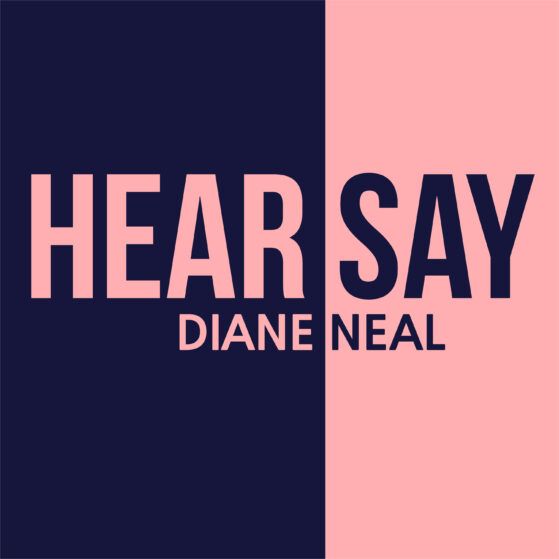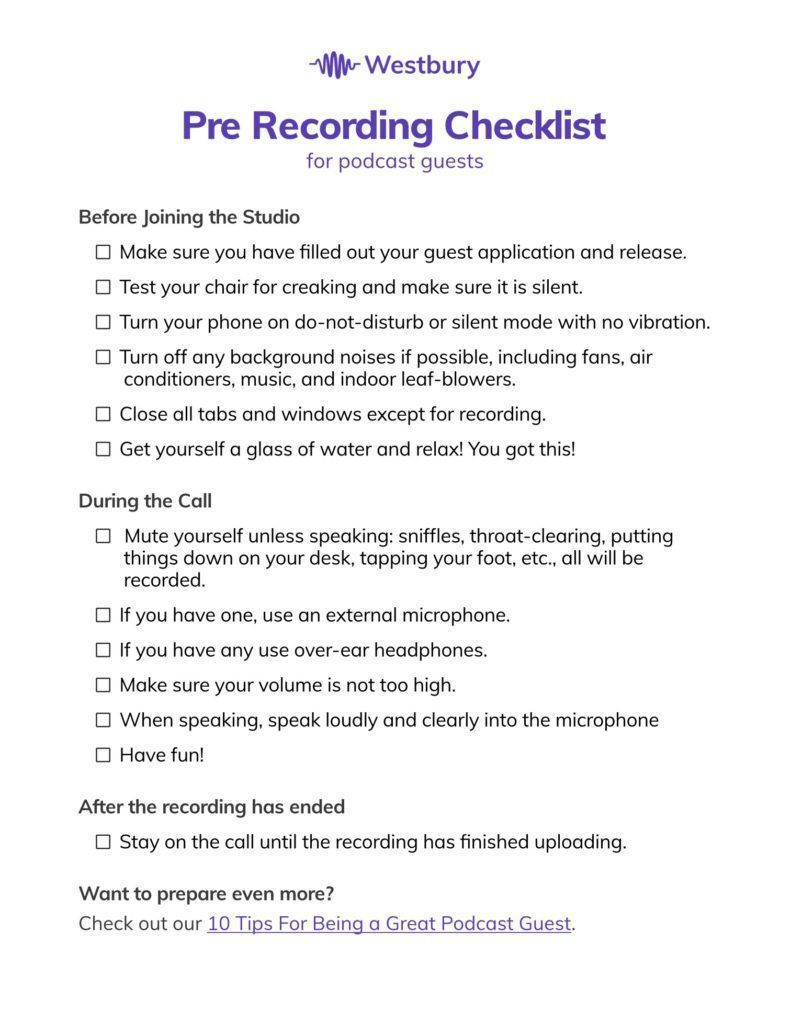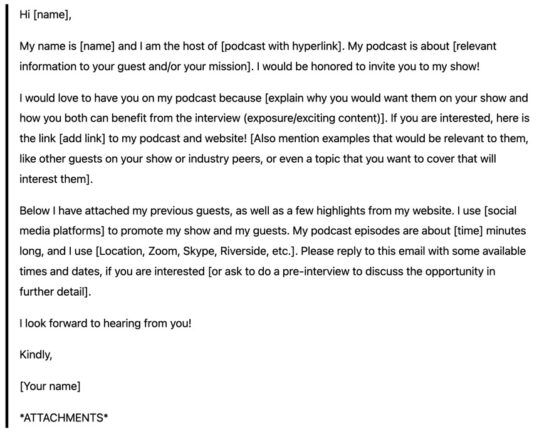Why wireless though? C’mon. Everyone is switching over to wireless, whether it is headphones, speakers, or microphones. It gives you not only the flexibility of going out of the comfort of your home, but also allows you to interview and record without the hassle of wires. And if you have a cat… with wired equipment? Forget it. If you know, you know.
There are so many different options when it comes to microphones, it really comes down to how you will use them and how much you are willing to spend. We break it down for you, although there is usually never just one “best” option. It all depends on your environment, what you are doing, and your overall preference when it comes to the basic wireless microphones.
Not all recording environments allow you to use wired microphones. It is hard to know which wireless microphones offer good price. Your production quality and audience engagement can suffer — or worse yet, you can lose an entire show due to production issues. In this post you’ll learn how to choose the best wireless microphone for your particular needs.
Why Use A Wireless Microphone for Podcasting
Everyone is going wireless these days, whether it is bluetooth, headphones, or microphones. Wireless microphones offer many benefits over traditional microphones by placing less restrictions on recording location and height, flexibility to move around while recording, and high-quality sound.
With a wireless microphone, you can record anywhere at any time without the hassle or concern of wires tangling or cables getting in the way. They are especially useful for those who regularly record podcasts or video tutorials from their smartphone all around town! If you’ve run into the problem of audio quality, you may want to consider trying a wireless microphone.
If you plan on podcasting on the go
Anytime you are outside your normal environment, or if recording on the go is your thing, wireless is where it’s at. You won’t need to worry about the wires, the plugs, or whatever it may be. No more tangling around with tangled cords!
The ability to move around freely and get in the mood will boost your creativity. It brings a lot of freedom in a way that wired microphones can’t. It is a lot more flexible in a sense that you won’t have to worry about your recorder or laptop connection going bad because of its cable, or you might not have to deal with cable connection error when recording.
Wireless podcasting gives artists more freedom than ever before; they are no longer confined within their studio walls due to technical limitations… or lack thereof.
Say you are…
Interviewing at a public place like a restaurant or bar
Recording at someone's house or a different studio
Wanting to go interview at a public event or crime scene
You will NEED a wireless microphone!
Wireless microphones and recording systems give you the flexibility and mobility to produce your podcasts wherever and whenever you want. Wireless is a much easier way to record, whether for podcasting on the go or just visiting clients in their home environment — it gives you the most convenient possible way to record anything you want.
Have at least one wireless microphone for flexibility
You never know what recording opportunities you might run into. It is better to be prepared.
There are many reasons why one might need to record audio in a variety of different capacities. For example, you may be an improviser who frequently records comedy sketches, or you may be creating training videos for your company. Regardless of the reason, it is always a good idea to have at least one wireless microphone because the flexibility it provides is worth the extra cost.
Not only are wireless mics versatile throughout different environments and scenarios, but they are also very compact because there is no power required for operation. One of the biggest advantages of using a wireless microphone is its ability to move around and be placed in many different locations. If you are recording for one or two hours at a time, which is what most people use wireless microphones for, the more places you can put the mic, the easier it will be to get solid audio.
Live events
While many professional venues will have their own wireless microphone, there may be times you will need to bring your own microphone. Obviously if it is your event, it is a necessity. BYOM! (bring your own mic…lol)
Also when interviewing people, wireless lav mics (which we’ll talk about in a second) prevent problems that can arise when people inadvertently touch microphones during an event. To avoid this problem with wired mics, you must tell everyone not to touch or move the microphone during a performance or recording session. While this does reduce risk of problems, it also distracts people from your presentation if they are constantly being reminded not to touch anything. Plus, it gets annoying.
How to Choose the Best Wireless Microphone Setup for You
Choosing the best setup for you and your podcast can be stressful. There are a number of factors to consider when choosing the best wireless microphone setup for you and your podcast. It all depends on what you’re using it for, your budget, and of course — the quality of audio. If I’m being honest, I can’t just recommend one set up and that’s that — what works for you might not work for someone else. To help you get started, we’ve put together this quick guide with some popular options to consider when deciding which set up is right for you.
Determine your budget: Price vs. quality
Typically when looking for a microphone, you are shopping for the best audio quality and reasonable price. Determining how much you are willing to spend will set the tone for what you are getting, most of the time. We all want a great price with all the bells and whistles, but it all depends on the amount your wallet can take.
Figuring out your budget will be a key step in figuring out what you plan on buying, how many of these items you plan on getting, or if you are going to buy anything. One thing I have learned over the years is that not spending enough money up front can end up costing more in the long run. For example, buying a cheaper microphone now can lead to paying for additional repairs down the road or having problems with audio quality due to low-quality parts used by manufacturers who are trying to reduce costs.
However, there are good microphones for a reasonable price, so don’t be discouraged. Especially if you are just getting started and want a wireless mic for on the go, or just to be flexible overall.
Fifine K037B is a low-cost (around $49) wireless microphone set with a headset and lapel mics, beltpack transmitter, and receiver. There is more info on this particular set later in the post.
In general, be prepared to spend a few hundred dollars for a professional system. If you are willing to sacrifice on certain features and purchase from lesser known brands, there are a few options for less than $100.
Choose your ideal wireless recording setup
Setting up a high-quality recording may require a few specific types of microphones, depending on your needs. There are many options for recording audio with your preferred setup — it mainly depends on what you prefer with the environment you will be in, and if you don’t know, we cover that, too.
Lavalier microphones (lav mics)
Lav mics are great if you are on the go and you are interviewing other people. It’s easy to use and set up, extremely mobile, and very easy for guests. You simply just tag it onto a shirt and you’re done. It’s that easy. This type of microphone is also great for video interviews or recordings because it’s not distracting like other types could be.
If you were to have your guest hold a microphone, you are risking them hogging it and talking forever, or making hand-movement sounds that you will have to edit out later. However, using a lav mic, they don’t mind how close they are to the mic or how directly they are talking into it. You set it up on them in advance and they just talk. Basically, whoever is talking into the mic does not need to know how to use it.
Though most lav microphones have pretty good sound quality, it isn’t going to be as good as most boom or handheld mics. If you are always on the go and interviewing people though, this is your best bet. You can find lav mics that have really good sound quality, too. It all depends.
Boom shotgun microphones
Boom shotgun mics are great for interviews or recordings outside, or for interviewing multiple people at once. As long as you are pointing it directly at the person speaking, it should eliminate some of the gross unwanted background noise. Plus, that is a lot of unnecessary editing you will have to do later.
Boom shotgun microphones are primarily used for videos, as they are highly directional and thin. They usually reject sound that isn’t pointed right at it. The design of the microphone is also pointed toward focusing on the upper spectrum of sound to ensure that all sounds can be heard in a quick and clear manner. This enables users to avoid background noise while capturing high-quality audio for their video recordings. They come in different shapes and sizes, all depending on how much off-axis sound you want to reduce (or try to reduce). The longer it is, the less unwanted sound you’ll have.
Handheld and stand microphones
Handheld and stand microphones are best for panel type events where you will have a desk in front of you. However, it is best if they do have a stand to avoid continuously changing the position of your mic and later having to edit out unwanted noises.
Omnidirectional microphones are great if you are interviewing multiple people because it picks up from every direction. Although, if you are in a louder environment, it is more susceptible to picking up unwanted background noise.
Cardioid microphones reduce the background noise but usually can only pick up one person speaking, so you will have to move the microphone accordingly. This can get annoying, especially if you have multiple people you are speaking to.
Consider your potential recording environments
It’s important to establish the surrounding sound of your podcast before jumping into the equipment you need. It could make or break your recording.
Live events
For live audience recordings or other types where there may be a lot of background noise, stick to dynamic mics. Unidirectional is preferable.
We recommend using a lav mic because it gives you even more flexibility and you don’t have to worry about things like if you are getting the right angle for your audio, or if the person wants to hog the mic, or just overall the small size and how portable it is.
Movo PM10 Deluxe Lavalier - If you rarely record live events, or even just want a lav mic that will get you started, here is a good one for only $15. For more info, we mention it again later in the post.
Controlled environments
For more controlled environments, you can go with something that may be crisper sounding but will also pick up more background noise. Generally, this will mean opting for condenser microphones and omnidirectional is preferred.
The Best Wireless Microphones for Podcasting
Here are some of our personal favorites. There’s rarely just one “best” option, since it all depends on your own needs and your budget. Choosing the best microphone for you will match your personal preferences, but here are a few different types of microphones that made it to our list.
Best Wireless Lav Microphone System
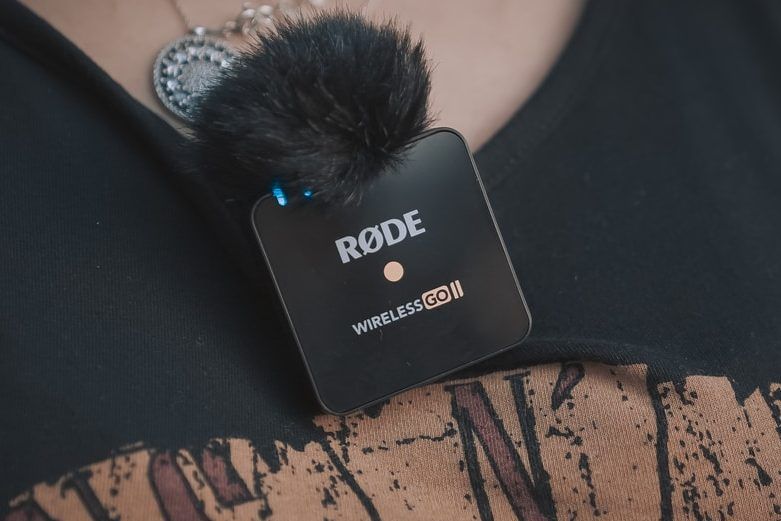
Rode Wireless Go II system – $300
The Rode Wireless Go II system is great for you if you’re on the go (especially for interviewing). It is extremely versatile because it is a lav mic style (more info mentioned above). It is lightweight and easy to carry, unlike handheld models.
When or if you are interviewing, it doesn’t require the guest to know how to use a mic. You simply just set it up beforehand and tag it onto their shirt. All they have to do is talk! There’s no hassle in helping them figure it out, or you having to edit out hand movements, or even them hogging the mic.
It is great sound quality for a lav mic, it just may not be as good as boom or handheld mics. It also could be annoying and problematic if you are in an extremely loud environment (if not used correctly). It takes a little practice and research before using it, but most microphones are going to require a step-by-step guide and the how to’s.
Best Handheld System

Shure PGXD24/SM58-X8 – $380
The Shure PGXD24/SM58-X8 is a great price for all the features you get with this microphone. It is handheld or stand held, which is going to be better for keynote style events where multiple speakers take turns sharing. However, it does require the user to know basic microphone skills, which is easy to go over beforehand.
It has great sound quality for a wireless mic, having a cardioid pickup pattern to deliver clear vocals and speech. It offers a 24-bit/48kHz sound, auto frequency reaction, and it’s super reliable. It is legendary for its ability to withstand abuse that would completely destroy other mics. Another killer feature is its extremely stable RF connection. It uses double antennas and dual channels for a stable RF connection.
This system is compatible with many different microphones (the SM58 and other cordless models made by Shure), so it can be expanded in the future if you need it to be.
Best Shotgun & Boom Mics
*these can get very expensive so we’ve limited to mics in average podcaster’s budget range*
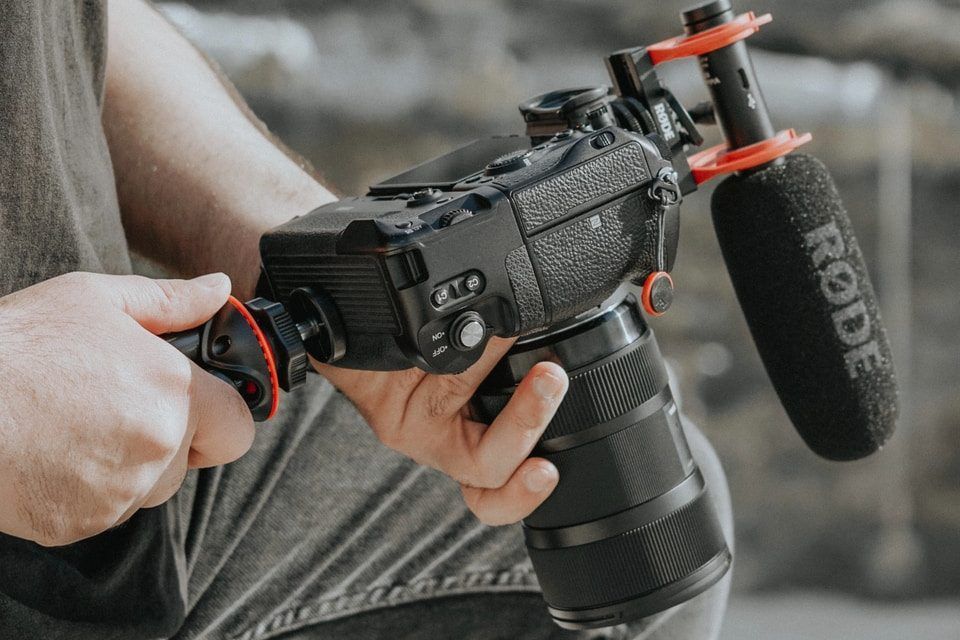
Rode NTG4+ – $500
The Rode NTG4+ setup has a great overall value. It is easy to set up with the camera, has amazing sound quality, and is super well priced for all of its features. Rode claims it has 150 hours of battery life (I haven’t tested this personally), so it will last awhile before needing to charge it again.
It provides noise filter options, including a low frequency cut off, high frequency boost, and a -10dB attenuation pad. It is easy to use and navigate, especially if you are on the go and need to adjust your sound fast. This model also has a balanced frequency response.
For interviewing, it is best if the microphone is pointed at whomever is speaking because it will not capture much noise other than the person speaking.
Other Notable Wireless Recording Options
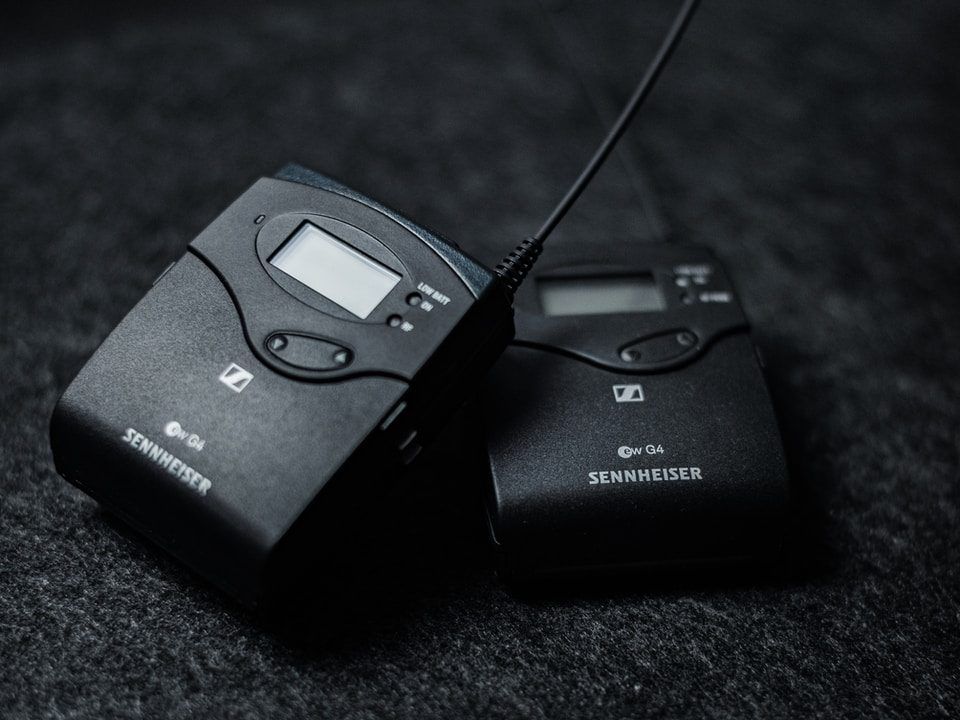
Sennheiser EW 112P G4 – $650
I know. It is very expensive, but… it is very high quality. It is a lavalier microphone and wireless system. It is reliable and gives you flexible control. It uses a omnidirectional lavalier microphone, giving you consistent audio and a natural sound. There are just so many killer features with this system, if you are willing to spend the money.
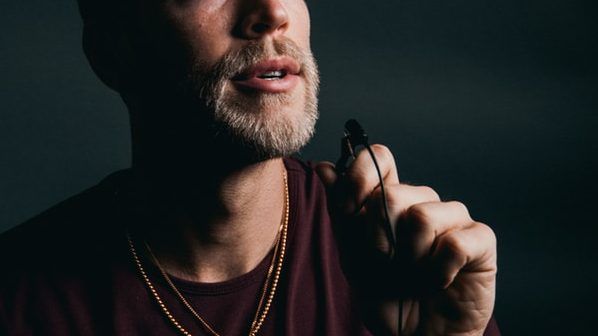
Movo PM10 Deluxe Lavalier – $15
It is a small and inexpensive lavalier microphone that you can either connect to your laptop or phone, still giving you a great sound. Plus, it is super easy to use, it is great for podcasters just starting out.
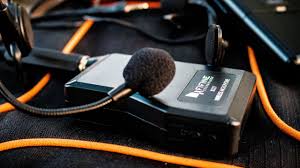
Fifine K037B – $45
Another great inexpensive lapel microphone. It is easy to use, hands-free feature, and consistent audio. It can be a little flimsy from what I’ve read about it, but that is literally the only bad thing I, personally, have seen. It offers a lot for the price, and again, is great for just starting out.
Conclusion
It can be super overwhelming when you are trying to find the “best” with anything. You get so many people throwing this or that at you, but what it really comes down to is what works best for you and your situation. As said before, there’s rarely just one “best” option. It all depends on your own needs and your budget.
When it comes to buying a wireless microphone, the decision is mostly based on how you intend to use it and how much you are prepared to pay. In my humble opinion, it is important to invest in a wireless microphone even if you mainly just record from home. It may even give you the inspiration to get out of the house and get some vitamin D. We all need a little of that right now — with the pandemic keeping us indoors, it would be beneficial for you and even your mental health if you were to step out of your comfort zone.
One question to ask yourself before purchasing a wireless microphone…
What do you need for what you are doing and how will it make your setup better than before?
Overall, it will be a learning experience. No matter what you buy or how you intend to use it. That is the most important thing with literally everything. As long as you learned from it, you gained something. So why not try a wireless microphone? If you have made it this far, you know I already answered that question 47 different ways!

